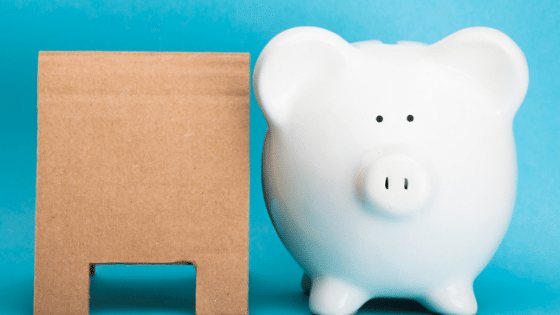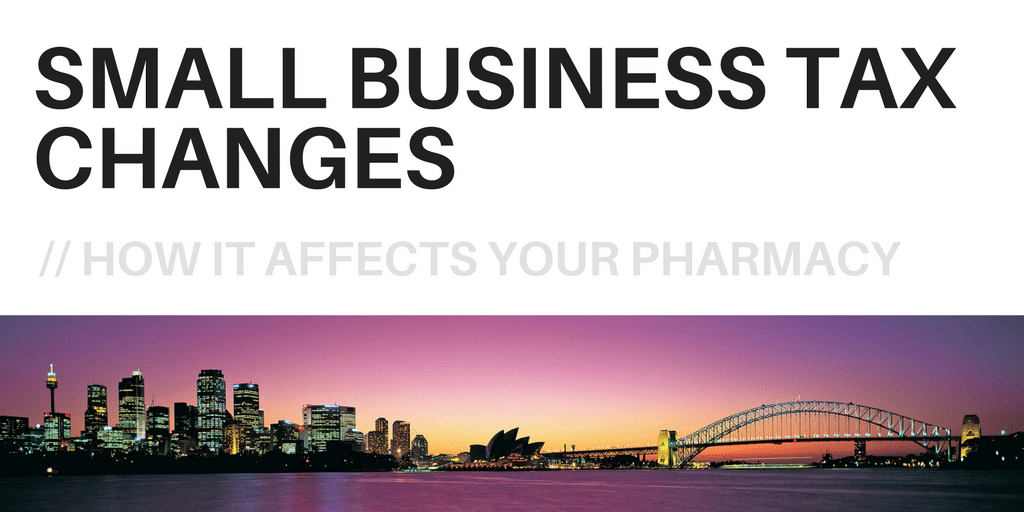It’s that time of year again, the holiday season!
Now is the time where most people reflect on the year they’ve had, what they could have done better, and set goals for an even more successful 2019.
How about saving money on taxes?
Many list “saving more money” as a new years resolution but few ask themselves, “how can I save money by reducing my tax bill?”
There are a few things to consider before the end of the year if you want to save money on your 2018 tax bill.
And it’s our job to help you find those ways!
Here are 10 year end tax planning tips that can help you save more money
RESPs – 20% free money
Registered education savings plans (RESP) can help you save for your child’s post-secondary education in a tax sheltered way.
You have until December 31st to contribute so that you can get the government grant of 20% of your contribution (up to $500 grant).
That means a contribution of $2,500 to receive the maximum $500 grant.
What if you can’t contribute?
Contribution room carries forward, so if you cannot contribute this year or if you haven’t contributed in previous years, you can play catch-up by contributing up to $5,000 to receive $1,000 in government grant.

RDSP – 100% free money
The registered disability savings plan (RDSP) helps families save for the long-term financial security of individuals with disabilities.
Similar to an RESP, you contribute to the plan, the government matches with grants, and the funds grow tax sheltered.
The government grant is 100% of your contribution amount, up to a certain limit depending on your family income.
Even if you are in the highest tax bracket, contribute $1,000 by Dec 31st and you’ll receive $1,000 matching government grant.
If you’re in a lower tax bracket, you can get more free money.
TFSA – Grow your money tax free
Your investments inside a tax free savings account grow tax free and when you withdraw, you don’t have to pay any tax.
The contribution limit for 2018 is $5,500.
If you’ve never contributed to a TFSA before, you can catch up for previous years up to the limit of $57,500.
Did you make a withdrawal this year? Most people don’t know that whatever you withdraw from a TFSA in one year, you get that contribution back next year.
For example, if you withdrew $10,000 in 2017, then this year 2018 your contribution limit increases by this $10,000 amount, in addition to the usual $5,500 contribution limit.
You can always logon to your CRA “My Account” to see the exact contribution room available to you.
Note that for 2019, the contribution limit will increase to $6,000 per year.

Expenses that reduce your tax bill
A number of expenses must be paid before December 31st if you want to deduct them on your 2018 tax return.
These include but is not limited to: interest, investment counsel fees, child care expenses, safety deposit box fees, accounting fees, and professional dues.
Similarly, expenses that can be claimed as tax credits for 2018 must be paid by end of year.
These include but is not limited to: charitable donations, political contributions, tuition fees, and medical expenses.
Not sure if your expense qualifies as a deduction or credit? Reach out.
RRSP contributions reduce your tax bill
Most Canadians know they can offset 2018 taxes by making an RRSP contribution up to 60 days after the year ends.
RRSP contributions reduce your taxable income, meaning you pay less tax this year.
The next RRSP deadline is March 1, 2019.
Most Canadians who don’t contribute regularly throughout the year usually wait until bonuses are paid in January/February to make an RRSP contribution get a large refund of $2,000 to $6,000 on average.
You can always logon to your CRA “My Account” to see what your contribution limit is.
Donate securities instead of cash
If you want to make a charitable donation, you might consider donating investments instead of cash.
With this strategy, you can claim the full value of the gift as a donation and not pay tax on the realized capital gain.
To claim the donation credit on your 2018 return, you must make donations by December 31st.

Unprofitable investments?
If you have investments with losses in a Non-Registered account, you could sell those investments to offset gains on other investments.
However, this transaction must be initiated by December 27th for the trade to settle this year.
There are two things to keep in mind:
The investment merits should trump any tax considerations, so careful consideration with your advisor or accountant should be made.
Also, be aware of the superficial loss rule, which denies a loss if you repurchase investments within 30 days before or after the original sale.
Gains on your investments?
If you have investments with gains in a Non-Registered account that you are looking to sell or withdraw, it might make sense to wait until January to sell.
If you sell now, then the tax on the gain would be due on your tax return deadline April 30, 2019.
If you wait until January to sell, then you won’t have to pay tax on that gain until April 30, 2020.
This strategy depends on your marginal tax rate and careful consideration should be taken before timing capital gains.
Don’t overpay tax installments
We see this situation time and again – pharmacy owner or relief who doesn’t set aside money for tax, then don’t have money to pay their $20K+ tax bill come tax time.
If you pay installments, you’ll have received a payment schedule from CRA earlier in the year.
This schedule is based on your prior year’s income but it’s this year’s income that counts!
Did you know that? Most don’t.
It’s important to make sure you’re not overpaying your installments.
Tax changes for business owners
Several changes were made to the taxation of Canadian controlled private corporations (CCPCs) in 2018 and more come into effect on January 1st, 2019.
There are new “income sprinkling” rules that restrict shifting income from a high-tax-rate business owner to a low-tax-rate family member.
There are also new “passive income” rules that reduce the small business deduction (SBD) when passive investment income exceeds $50,000.
Passive investment income includes but is not limited to: stock/mutual fund/ETF/bond/GIC investment portfolios inside your corporation as well as rental properties.
There are ways that you can invest using your corporation on a tax sheltered basis without being subject to these new rules, potentially saving $67,500 every year in tax.

Conclusion
As you can see, there are lots of ways to save more money every year.
The unfortunate reality is that many Canadians don’t take advantage of these and many more strategies available to them.
Most people think that their accountant is doing everything s/he can to help them save on taxes but the reality is, most accountants don’t do that.
During tax time, accountants are up to their eyeballs preparing tax returns, meaning they don’t have time to sit down with you to understand your situation and prepare a custom tax plan for you.
As a result, many Canadians overpay tax every single year and don’t have a clue!
What if you could be saving $1,000 to $10,000+ in tax every year, what would that mean to you?
Over the next 10 years, that could be an extra $10,000 to $100,000 that stays in your pocket instead of going to the tax man.
If you have questions about how any of these strategies can apply to your situation, leave us a message or book a free call with us.

Ricardo Ardiles
About the Author
Ricardo helps pharmacists like you pay less tax, improve the profitability of your pharmacy, and take your wealth to the next level.
Prior to starting Pharma Tax, Ricardo worked at another accounting & wealth management firm focused on dentists. Pharmacists were coming on as referrals and all said the same thing: what you guys are doing for dentists, we need that specialist for pharmacy. Hence, Pharma Tax was born.
Follow Pharma Tax on Social Media
- 2021 Budget Breakdown for Pharmacy Owners - April 29, 2021
- How This Pharmacy Owner Is Now Saving $22,209 In Taxes & Interest This Year - April 9, 2021
- Does Your Pharmacy Qualify For the Canada Rent Subsidy? - November 22, 2020


